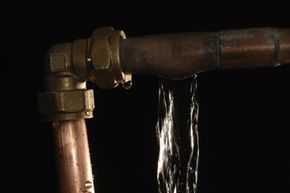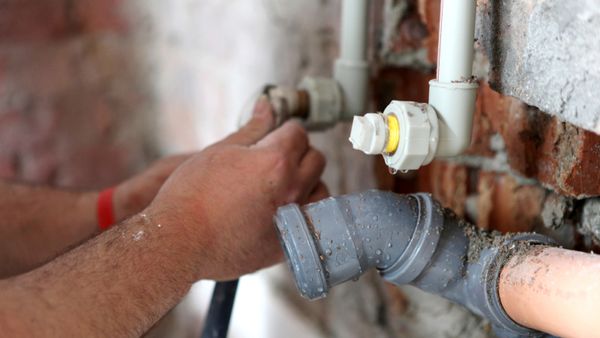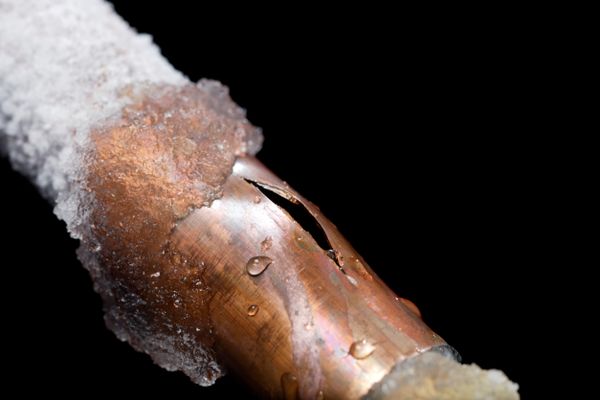Presidents Grant, Nixon and Carter slept here. So did President George H. W. Bush, a string of governors and other celebrities [source: Thayers Inn]. But the excitement surrounding their visits to Littleton, N.H.'s historic Thayers Inn probably paled in comparison to one of its more recent attention-getters.
On a Friday in January 2014, a waterfall erupted at the top of the inn's grand staircase, rivers appeared in hallways lining the 1843 structure's 39 guest rooms and lakes formed in its first floor parlors and restaurant.
Advertisement
A string of bitterly cold temperatures had caused a water pipe to burst in the building's attic, sending an estimated 500 gallons (1,900 liters) gushing for every minute the break remained unchecked. It took 10 to 15 minutes to turn the water off, resulting in enough leaked liquid to fill a residential swimming pool. Ceilings collapsed, wood floors buckled and antique furniture warped [source: Sullivan].
Burst pipe disasters like this are compounded by ongoing (and potentially expensive) problems, including deep structural damage and mold growth. Even a hairline crack in a water pipe can release up to 250 gallons (950 liters) of water a day.
So how do you know if your home's pipes are frozen and creating a disaster just waiting to happen? The answer to this is surprisingly simple: If you turn on the water faucet and water does not come out -- or if you flush a toilet and it does not refill -- your water pipes are probably frozen. Alternatively, if you turn on a faucet full strength and only a trickle is released, this could also be a sign the water pipes are blocked by ice. If you suspect a water pipe is frozen, it's time to call a plumber and turn off the water where the main line enters your home [source: House Logic].
Of course, this advice usually only applies to areas in which temperatures have dropped near or below freezing (32 F or 0 C). As a general rule, temperatures below 20 degrees Fahrenheit (minus 7 degrees Celsius) put water in pipes at risk for freezing. However, once the wind chill is factored in, water pipes could potentially freeze above the 20 degree Fahrenheit mark, too [source: The Weather Channel].
Advertisement



